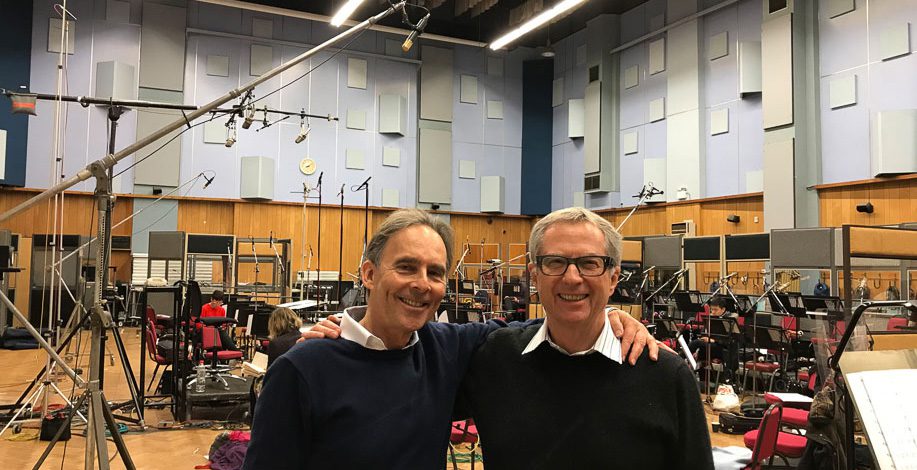
When producers Don Reedman and Jeff Jarratt came up with the Classic Rock concept in 1978, they pioneered the idea of the orchestral rock and pop crossover – the project took songs by the likes of David Bowie, The Moody Blues, Led Zeppelin and The Rolling Stones and, with the help of the London Symphony Orchestra (LSO), turned them into symphonic rock epics.
The original Classic Rock album became a multi-million seller – it went platinum – and now, 45 years later, it’s been reissued and remastered as Classic Rock Renaissance, but with some new songs, including versions of Coldplay’s ‘Viva La Vida’, ‘Hello’ by Adele, Snow Patrol’s ‘Run’, ‘Human’ by Rag ‘n’ Bone Man and Muse’s ‘Uprising.’
hi-fi+ spoke to Don Reedman to discover how he invented the Classic Rock concept and recorded the new tracks.
SH: Let’s talk about Classic Rock Renaissance, which features new songs from the likes of Coldplay, Adele, Snow Patrol, Rag ‘n’ Bone Man and Muse, as well as remastered versions of songs from the original album by David Bowie, Pink Floyd, The Beach Boys, Led Zeppelin, and more. How did you choose the new songs to fit alongside the original recordings?
DR: We actually started working on it five years ago, but they are all contemporary. They were songs that I felt worked symphonically for various reasons – the Muse song because of its energy and the big chorus, and ‘Hello’ by Adele has an amazing big chorus. It lends itself to a big, symphonic arrangement. That’s really the criteria of all the songs we choose – start with a great song and then go from there, use our imagination and the arranger’s, and see what we can come up with.
Do you think there are fewer classic songs around nowadays?
When we started the original Classic Rock, we had a couple of decades of great music – we ended up doing about nine albums. We used them all up, so it’s now harder to come by because we don’t have that depth to call on, but the material’s out there – one’s just got to keep one’s eyes, ears and imagination open.
You recorded the new songs at Abbey Road, didn’t you?
Yes – we’ve always recorded at Abbey Road. The main reason is that we want a consistency in sound. Abbey Road is not only important sonically, but it’s also the size of the studio – you have to be able to fit in 100 musicians at once.
With Classic Rock, we like to be able to record the whole orchestra in one performance. We always use Studio 1. We have remastered recordings on the album which are 30 or 40 years old, but, sonically, they still sound alike to what we did recently.
Abbey Road has an amazing range of valve microphones – the best in the world, but maybe Capitol in L.A. has a similar collection. There is a full-time engineer that just looks after the microphones. It’s all those subtleties that make Abbey Road number one. That’s why it’s so popular for symphonic recordings and movie soundtracks – it’s the most expensive studio in town, but it’s always full.
It’s 45 years since the first Classic Rock album came out, in 1978. How do you feel about that?
It feels like four-and-a-half years. Going back in there was just like we went back yesterday. Of course, the orchestra has changed – there are younger people and it’s not all the same faces, although some of them are.
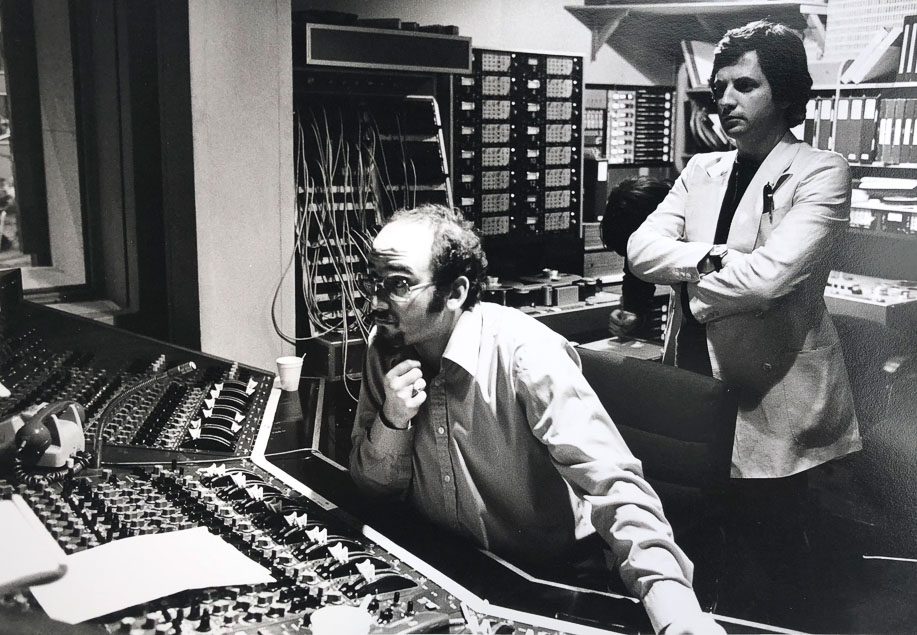
So, there are people in the orchestra who’ve played on every session?
Yeah – there are.
You first got the idea for Classic Rock in 1975, didn’t you? You saw the London Symphony Orchestra play Tchaikovsky at the Royal Albert Hall, and felt that you could combine the power of an orchestra with contemporary rock music…
That’s right – it was the ‘greatest hits’ of Tchaikovsky. It was the first time I’d seen a full symphony orchestra. I got the idea and then the title – Classic Rock. I thought if you got the rock music of the The Rolling Stones, The Beatles, Pink Floyd and The Moody Blues, and transposed it for 60 to 100 musicians, you could create Classic Rock.
Up until that point, the popular music that had been orchestrated was elevator music – Mantovani and all that. All very nice, but it didn’t rock. I thought I could come up with something different and I could hear it in my head. It was different to anything that had been done, but we needed to choose the repertoire carefully.
So, in 1975, you had rock bands like Queen embracing orchestral music…
Exactly – when we were looking for great songs, ‘Bohemian Rhapsody’ was number one in the charts, so it started from there. We also looked at ‘A Whiter Shade of Pale’, which is very much Bach’s ‘Air on the G String.’ That’s where it started.
I can remember my parents buying the Classic Rock albums when they came out. Were they aimed at rock fans who didn’t buy classical music, or classical fans who didn’t buy rock?
It was probably a bit of both – most people’s music tastes are varied. I think the rock tracks like ‘Whole Lotta Love’, which was a bit of fun really… there are a lot of people who wouldn’t have known that song, but when they hear it symphonically, it appeals to their appetite – they discover it and it’s a new piece of music. But I think it appealed to a lot of people who weren’t into rock music – they heard the songs and they could relate to them.
When you first recorded a Classic Rock version of ‘Bohemian Rhapsody’, you didn’t like it, did you? Why was that? I would have imagined the track would be ideal for a Classic Rock arrangement.
The orchestral arrangement by Andrew Pryce Jackman was great – he was a genius – but he didn’t score the rhythm section. I thought it was classic but it didn’t rock. We scrapped it and I sat down with Andrew and said, ‘This is what I want – it’s got to come in with a powerful rhythm section of bass, drums, guitar etc.’ He rescored it – we scrapped that session, but there was enough in it for me to know that the idea was going to work.
Didn’t it take a while for the music industry to understand the concept of Classic Rock?
Yeah. I started to shop it around to A & M and Polydor – all the major record companies. I’d paid for the recordings myself. They didn’t really get it – they just thought they were cover versions of pop songs. They couldn’t hear it as something saleable.
It was difficult to get anyone to take it on board and finance it, so what happened was that I was working for K-tel – I used to do their compilation albums. They never really invested in new recordings, but I had a deal where I was free to produce albums of original recordings of anyone I wanted to record.
When I played ‘Bohemian Rhapsody’ in the office, we had a new MD called Tony Johnson – he said, ‘What’s this? It’s fantastic.’ I told him the story and he said, ‘We’ve got to have it,’ so I ended up doing a deal with my own company, which was fine. I was pleased – it wasn’t a conflict and they ended up making a lot of money from it. We all did well – it was a win-win.
Artists including David Bowie, Paul McCartney, Pete Townshend and Justin Hayward have all liked the Classic Rock treatment you’ve given their songs, haven’t they?
That’s true. We had a great response from Justin Hayward. I can remember playing ‘Nights In White Satin’ to him – I was quite nervous, because I really wanted him to participate.
The original idea was to have the artist guesting on the record, but that turned out be very difficult, and contractually there were all sorts of problems.
Justin said he loved the version and that next to the original he said it was the best one he’d heard out of the 65 cover versions – I was really thrilled about that. He came in the studio and played guitar on the record – that’s when Paul McCartney came in and had a chat with him. He loved it – he was listening to it on the steps outside the studio. The LSO are one of his favourite orchestras.
Nowadays, we’re so used to seeing and hearing rock artists reimagining their songs for orchestras, but you started all that, didn’t you? When you did the first album, did you see it as a long-term project, or a one-off?
I viewed it in the same way an artist views their career. If you see [old] interviews with Mick Jagger or Paul McCartney and they’re asked how long it will last, they say, ‘Two or three years – we won’t be doing this when we’re 40.’ Mick’s hitting 80 and still doing it…
I viewed Classic Rock as being successful for the moment and then it took on a life of its own. It’s like a child that grows up – you’ve got to look after it and be a good parent.

Classic Rock Renaissance is out now on BMG. It’s available digitally or as a three-CD set.
By Sean Hannam
More articles from this authorRead Next From Music
See all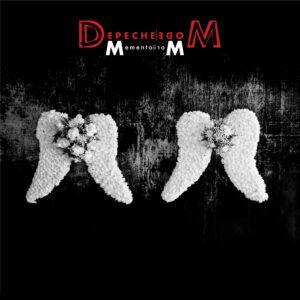
Depeche Mode: Memento Mori
- Apr 22, 2024
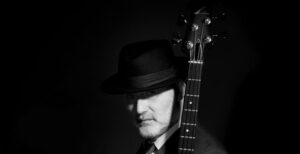
Music Interview: Jah Wobble
- Mar 27, 2024
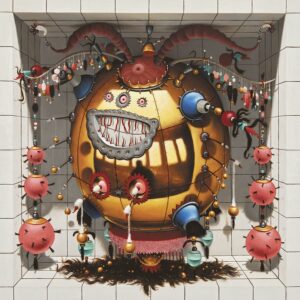
Album Review: Orbital – Optical Delusion
- Mar 20, 2024
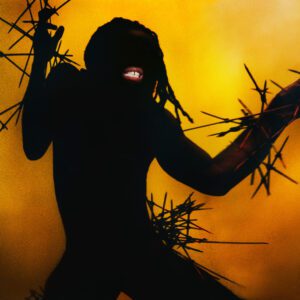
Album Review: Young Fathers – Heavy Heavy
- Feb 28, 2024










